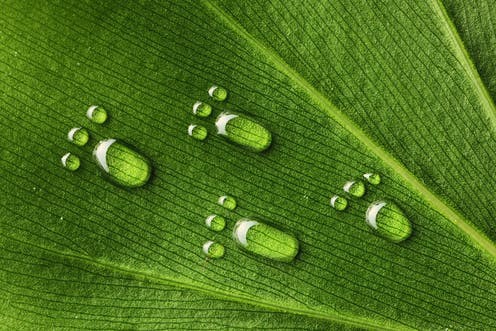
The last article was focused on green Infrastructures, this one starts from your cubicles! Let’s talk how can you make your office green and sustainable.
In this article, we will focus on Water footprint, sounds similar to carbon footprint doesn’t it? Water footprint refers to the amount of water consumed in a area for domestic, industrial etc. purposes. Water footprint enables companies to find out where and when water is used in their business. The water footprint of a company includes its direct (operational) water footprint and its indirect (supply-chain) water footprint.
The direct water footprint represents the water footprint resulting from the operations of the enterprise under consideration, i.e., activities directly related to production or manufacturing and from overhead (supporting services) activities, e.g. the water footprint of offices, canteens or horticulture. The indirect water footprint represents the water footprint of the inputs and products used in the production activities of a company. Even the smallest reduction in water footprint can give measurable results in sustainability.
So how do you it?
• Save water wherever you can (close taps and other water storage properly).
• Segregation of degradable and non-degradable office waste.
• Less-frequent watering to office horticulture
Other than the usual activities, your office can even organize eco-drives and support sustainable products in office. There are different methods for reducing water footprint in manufacturing that are standard to every plant, but it is our duty to see that the rules and regulations of maintaining industrial standards are properly followed.
Sustainability is a process, it will take time and contribution from each of us but eventually the results will be worth it.
